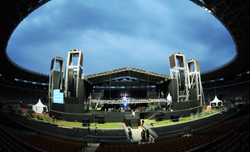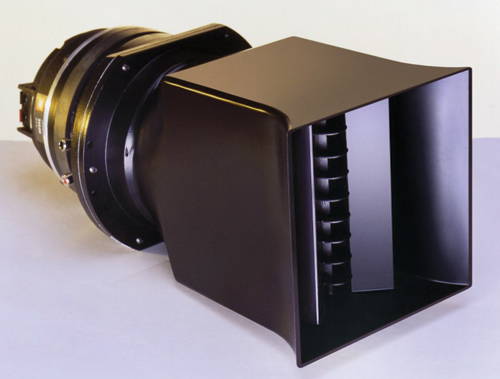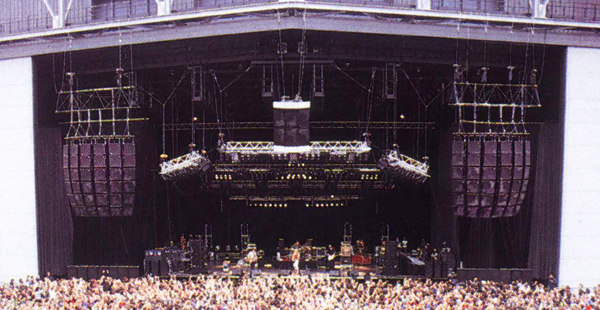
Movers & Shakers
In the late 1980s, Adamson received a call from noted acoustician and researcher Floyd E. Toole, whose research at the Canada National Research Council’s loudspeaker test and measurement facility into the correlation between loudspeaker measurement and user preference helped spur the growth of the Canadian loudspeaker industry.
“I didn’t know Floyd,” Adamson says, “but he’d heard I had the TEF 10 and said, ‘We’re having a confab in Ottawa and we need you to show up.’” In addition to Toole, Richard Heyser, then of Jet Propulsion Laboratories, Stanley Lipshitz, John Vanderkooy and Laurie Fincham also attended.
These fortuitous contacts had an important, long-term impact on his designs, and it also led to later encounters with Heyser and German physicist Manfred R. Schroeder. “So through owning that analyzer, I met people that really expanded my horizons,” he says. “I mean, Heyser and Lipshitz in the same room – they’ve got to find something to argue about. One would fill a blackboard with equations then the other would go, ‘No, no, no,’ swing another blackboard over and start working on his own blackboard. It was like watching a tennis game when you’ve never held a racket before in your life.”
Toole also put Adamson in touch with Dr. Earl Geddes, whose Waveguide Theory was integral to the development of Adamson System Engineering’s MH225 – the first loudspeaker that paired the company’s Kevlar M200 mid-range compression driver with an acoustic waveguide. “The fundamental principles underlying Geddes’ theory are extremely solid,” Adamson points out, “and it changed the way we went about designing waveguides, as well as fundamentally affecting the conceptualization of the sound chambers that we use in line arrays today.”
The release of the MH225 loudspeaker put the company on the map globally in the late-1980s/early-1990s, a milestone in efforts to eliminate distortion while maximizing directivity and SPL. Those early products also established the value of Kevlar diaphragms and informed the development of later technologies.
“The patented phase plug of the early MH225 and all the principles – the concentric rings, the way they sum as well as all the boundary considerations for how the wave is supposed to pass through these devices – were carried through into the line array environment,” he notes.
Pushing Boundaries
As line array technology became the de facto choice of touring acts in the late 90s, the company brought its patented Co-Linear Drive Module to bear on one of the first line arrays designed and manufactured in North America, the Y-Axis Series. It helped cement Adamson System Engineering as an innovator in the loudspeaker market and led to substantial international growth in the early 2000s.
“Many audio manufacturers in North America, including us, were focused on the conventional approach to loudspeaker arrays,” he states. “(L-Acoustics) V-DOSC was made in France where my biggest distributor, DV2, was located. I was aware of V-DOSC’s impact because it was beating down the door in competition for sales in France.” Initially, he adds, “I was fixated on building a horizontal array, but then I went, ‘you know what? I’m going to build a vertical array. Let’s get on with it.’ But I still couldn’t get my head around the mid-range and I’d be damned if I’d copy somebody else.”
As it turned out, Adamson got his head around the problem while he and another engineer were trading off at a Toronto club, taking turns mixing a Reggae band. “I was trying to explain to him what couldn’t be done and I realized right then how to do it.”
Immediately he drew the initial design out on a napkin, and 93 days later, the company shipped the first Y-Axis Series line array. “It was brilliant. Everyone pitched in. Our production team worked so late into the night we often crashed at the warehouse. One night I actually used a pizza box as a pillow and woke up with a slice of cheese pizza stuck to my face.”


